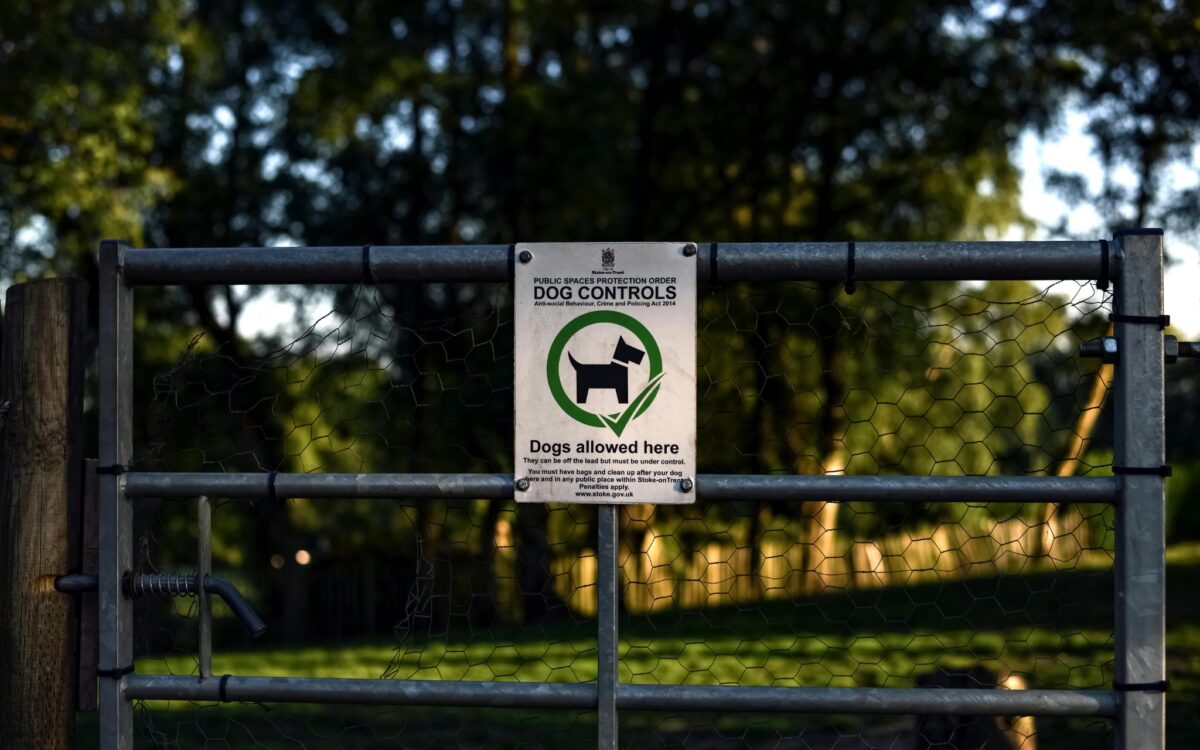Containers are a fantastic way to package up your application code and its dependencies. I’m on the record as a huge fan and probably write more production code in containers than I do with Lambda Functions. Call me crazy, but I like frameworks like Axum and ActiveX in Rust. When I’m connecting APIs over either HTTP or gRPC, I generally reach for AWS Elastic Container Service (ECS). I enjoy working with k8s and the plethora of open source tools, but ECS just makes things so simple, highly available, and with the announcement of ServiceConnect in 2022, more connected. In this article, I’m going to explore ServiceConnect with CDK.
Tag: cdk
Secure Pattern for Deploying WASM on S3
Picking up where I left off from the last article, I’d built a simple WASM project with Rust and walked through how to generate a publishable distribution. In this edition, which is probably the penultimate in the series, I need to get a path towards CloudFront and S3. I want to stay true to the Serverless objective and those two services are perfect for shipping web-delivered code. So let’s dive into Deploying WASM on S3.
Guaranteed Safety using Blue Green with ECS and CDK
Buckle up for this one as it’s going to be a lengthy piece. I love writing articles like this one because they contain complete infrastructure builds that highlight some best practices to put multiple components together and act as great starting points for people to use immediately. I’ve been working a great deal with containers lately and I kept finding it difficult to locate a working sample of building Blue Green with ECS and CDK. So I set out to put that together. Let’s get started.
An Allow List Lambda Function in Rust is 1 Guaranteed Way to Improve CORS
Some time ago I wrote an article about Cross-Origin Resource Sharing with API Gateway that talks about custom allow lists. I wanted to revisit that implementation not because the code doesn’t work, but because I wanted to see what it would look like in Rust. Remember, I believe that more developers would be choosing Rust with Serverless if more content and examples existed. Let’s dive into building a Lambda Function in Rust for CORS.
A Proven and Comprehensive Pattern for Building an API with Rust and Lambda
I’ve been encouraged lately by all of the Rust and Serverless content that has been posted on various platforms. I’ve also been public about the fact that I believe that Rust adoption with Serverless would be further along if there was more quality content written on the topic. I know for certain that there is interest from developers about whether they should and how would they introduce Rust into their builds and while I’ve tackled pieces of the puzzle, I haven’t taken on a fully working CRUD API. This article looks to change that. Let’s dive into building an API with Rust and Lambda.
Blazing Fast Change Data Capture with DynamoDB Streams and Rust
Propagating changes in an event-driven system can be accomplished in many different ways with many different tools. Do I work with transaction logs, put events on an event bus or do something else? Fortunately, when storing data in AWS’ DynamoDB I can take advantage of the DynamoDB streams feature. DynamoDB Streams gives me an iterator that I can read from to publish or process item-level changes outside of the transaction of persisting the data from the originating client. I’ve written about streams before, here, here and here but in this article I want to look at DynamoDB Streams and Rust.
My Personal Serverless Rust Developer Experience. It’s Better Than You Think
One of the things that can be difficult when starting with a new technology, framework or tool is where to get started. That “get started” can mean a great many things to many people. Over the past 6 months or so, I’ve been learning and deploying Rust into production in AWS. I’ve gone back and forth on my workflow and wanted to put together a Serverless Rust Developer Experience article. As you begin with Rust and Serverless, this should give you some good places to get started.
Cognito Starter Kit with Rust and Lambda
Welcome to the Cognito Starter Kit with a large helping of Rust seasoned with some CDK. I’m a big believer in Cognito and the power it gives builders to customize the various signup and authentication workflows. With Cognito, you get a managed service that has flexible usage-based pricing, numerous hooks and configurations and the ability to use OAuth and OIDC in your workflows. Let’s dig in on the Cognito starter kit.
Leveraging the SDK to Publish an Event to EventBridge with Lambda and Rust
Following up on my popular Rust and Lambda article, I wanted to explore how to put an event on an AWS EventBridge Bus. If you aren’t familiar with AWS’ EventBridge, think of it as a highly scalable Event Router with built-in scheduling and data transformation. Let’s take a deeper look at putting events on EventBridge with Lambda and Rust.
Partitioned S3 Bucket from DynamoDB
I’ve been working recently with some data that doesn’t naturally fit into my AWS HealthLake datastore. I have some additional information captured in a DynamoDB table that would be useful to blend with HealthLake but on its own is not an FHIR resource. I pondered on this for a while and came up with the idea of piping DynamoDB stream changes to S3 so that I could then pick up with AWS Glue. In this article, I want to show you an approach to building a partitioned S3 bucket from DynamoDB. Refining that further with Glue jobs, tables and crawlers will come later.










